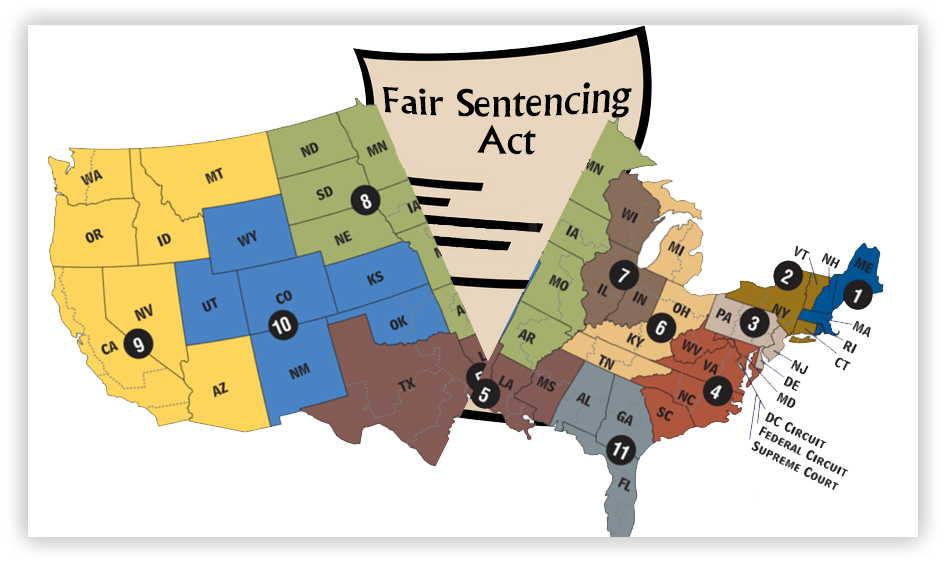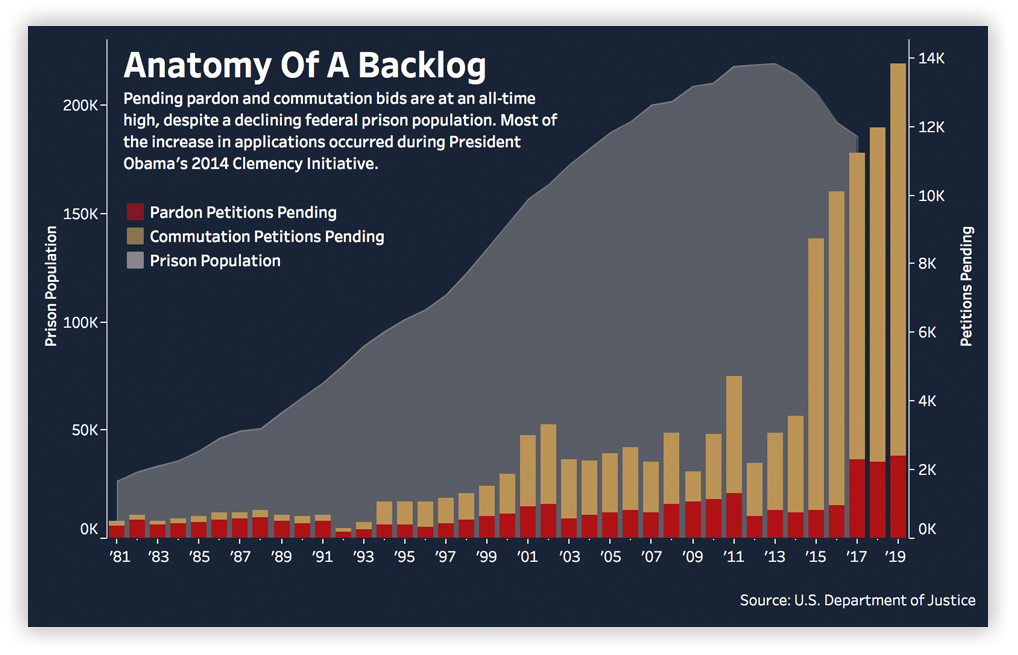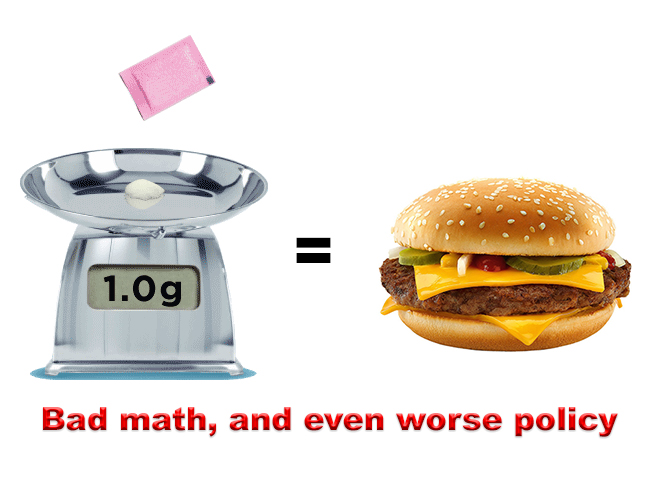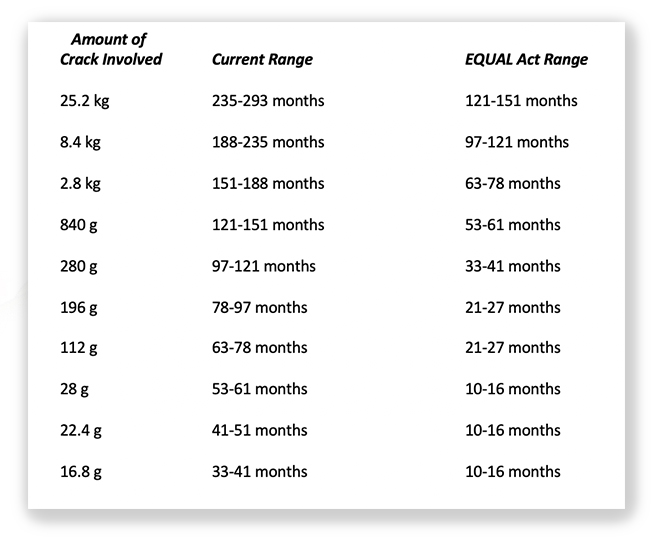We post news and comment on federal criminal justice issues, focused primarily on trial and post-conviction matters, legislative initiatives, and sentencing issues.

SENATOR RUBIO DEMANDS MORE BOP SEXUAL ASSAULT INVESTIGATION
No sexual abuse problems here…
 The warden of FCI Dublin, a Bureau of Prisons female facility, has been charged with sexually abusing inmates in a complaint filed in the U.S. District Court for the Northern District of California late last month. According to a statement from the U.S. Attorney, Ray J. Garcia asked two female inmates to strip naked for him, groped one of the inmates, and took and saved pictures of a naked inmate being held in a cell.
The warden of FCI Dublin, a Bureau of Prisons female facility, has been charged with sexually abusing inmates in a complaint filed in the U.S. District Court for the Northern District of California late last month. According to a statement from the U.S. Attorney, Ray J. Garcia asked two female inmates to strip naked for him, groped one of the inmates, and took and saved pictures of a naked inmate being held in a cell.
The Warden, who – ironically enough, was in charge of training BOP personnel on compliance with the Prison Rape Elimination Act – is also accused of trying to stop a victim from reporting the sexual abuse by telling her “that he was ‘close friends’ with the individual responsible for investigating allegations of misconduct by inmates and that he could not be fired.”
He was wrong. Warden Ray was placed on administrative leave in July, and arrested on September 29. He is currently released on bond, something that would be very unlikely to have happened were he merely Peter Pervert living in his mom’s basement.
 I bring this up to note the effectiveness of the Prison Rape Elimination Act. The last PREA Audit for FCI Dublin to be posted online is dated 2017. The inspector conducting the audit found that “[t]he inmates interviewed acknowledged that they received information about the facility’s Zero Tolerance policy against sexual abuse/sexual harassment immediately upon their arrival to the facility, that staff were respectful, and that they felt safe at the facility.”
I bring this up to note the effectiveness of the Prison Rape Elimination Act. The last PREA Audit for FCI Dublin to be posted online is dated 2017. The inspector conducting the audit found that “[t]he inmates interviewed acknowledged that they received information about the facility’s Zero Tolerance policy against sexual abuse/sexual harassment immediately upon their arrival to the facility, that staff were respectful, and that they felt safe at the facility.”
Right. I’m sure they feel completely secure. Like, say the inmate known in Warden Ray’s Complaint as “Victim 1.” Here’s a tidbit from the complaint, as recounted by FBI Special Agent Kathleen Barkley:
Victim 1 reported that a fourth incident occurred when the “PREA people” were visiting. I understand Victim 1’s reference to “PREA people,” to be a reference to PREA staff who visited FCI Dublin to assess FCI’s Dublin’s compliance with PREA and to make recommendations regarding their policies and procedures.11 During this incident, and while the PREA staff members were on site, GARCIA told Victim 1 he needed to touch her, took her into one of the changing stalls designed for PREA compliant searches, grabbed her breasts, and briefly grabbed her vagina.
Rather graphic, but it illustrates the high regard in which the BOP staff hold PREA Audits. To be fair, Ray Garcia appears to be an aberration, but then, he’s not the first BOP staffer at Dublin to sexually abuse female inmates. Just ask Ross Klinger, a former BOP correctional officer at Dublin. That is, if his lawyer will let him say anything in advance of his trial…
The foregoing puts an exclamation mark on the letter Senator Marco Rubio (R-FL) sent to BOP Director Michael Carjaval last week, demanding that the BOP conduct further investigations into allegations of sexual assault at the women’s facility – since closed – at FCI Coleman.
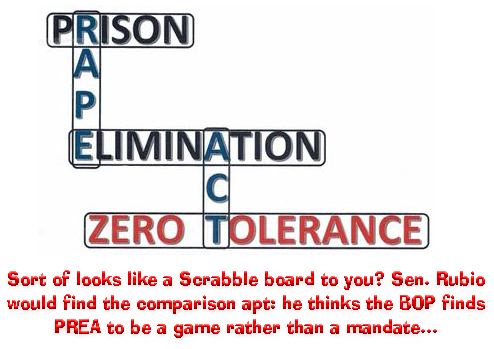 Rubio wants to know why female inmates were not interviewed as part of the most recent Prison Rape Elimination Act audit, conducted just two days after all female prisoners were moved to other prisons. That’s right. All of the female inmates were packed out on buses to other facilities two days before the audit, which – among other things – was intended to address the climate of sexual abuse that had permeated the Coleman women’s facility.
Rubio wants to know why female inmates were not interviewed as part of the most recent Prison Rape Elimination Act audit, conducted just two days after all female prisoners were moved to other prisons. That’s right. All of the female inmates were packed out on buses to other facilities two days before the audit, which – among other things – was intended to address the climate of sexual abuse that had permeated the Coleman women’s facility.
“This is deeply concerning,” Rubio said, “because it was female inmates who made the allegations of sexual abuse. Female inmates were housed at the facility during the time period from 2018 to 2021 covered by the PREA audit. The allegations made by inmates at FCI Coleman raise serious questions as to the facility’s compliance with PREA and the conduct of its officers.”
Latin Times, Federal Prison Warden In California Charged With Sexually Abusing Inmate (October 1, 2021)
Complaint, United States v. Garcia, Case No. 4:21-mj-71517 (filed September 24, 2021)
Press release, Rubio: Bureau of Prisons Must Continue to Investigate Allegations of Sexual Assault at FCI Coleman (Ocober 8, 2021)
– Thomas L. Root
















